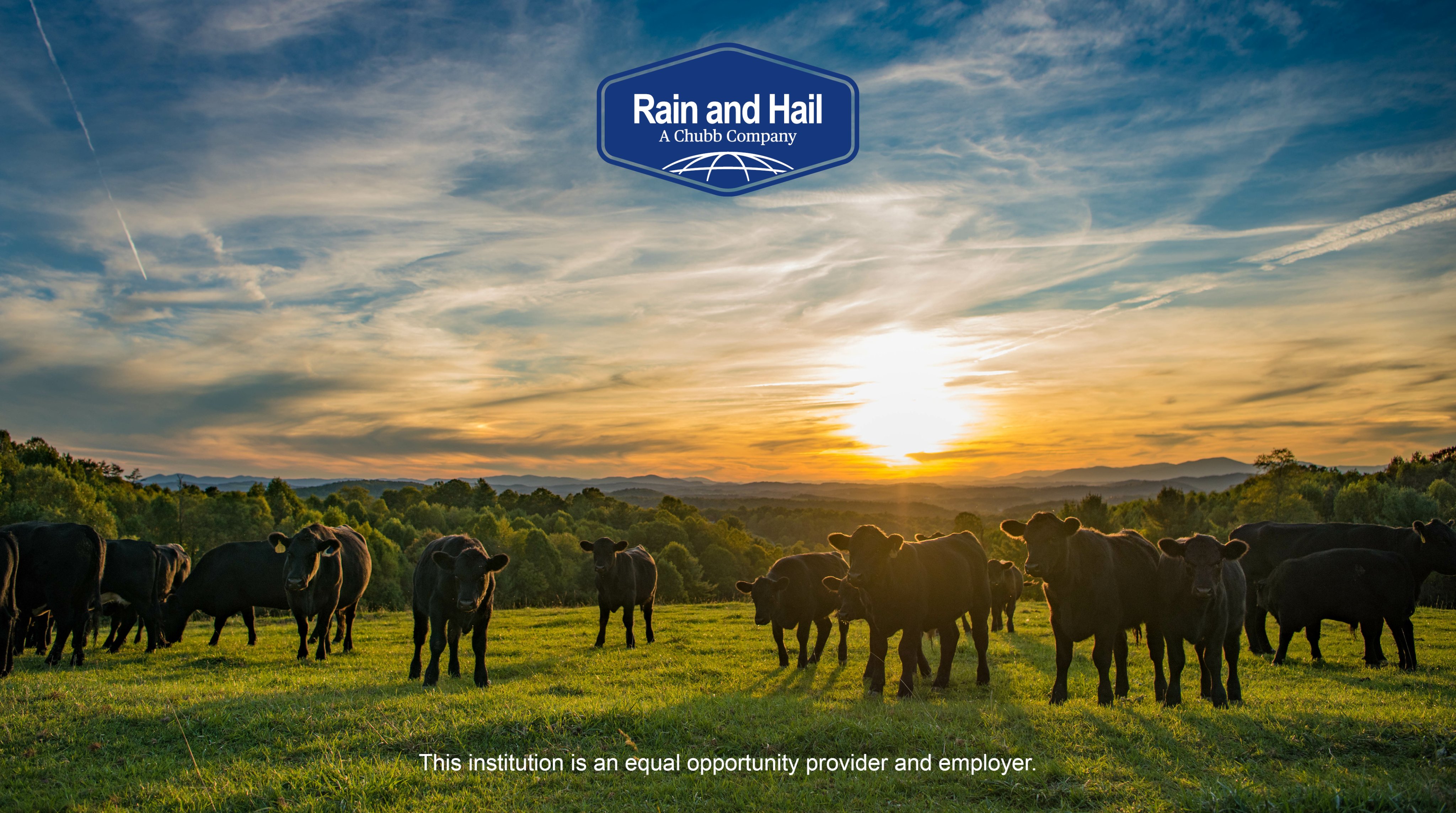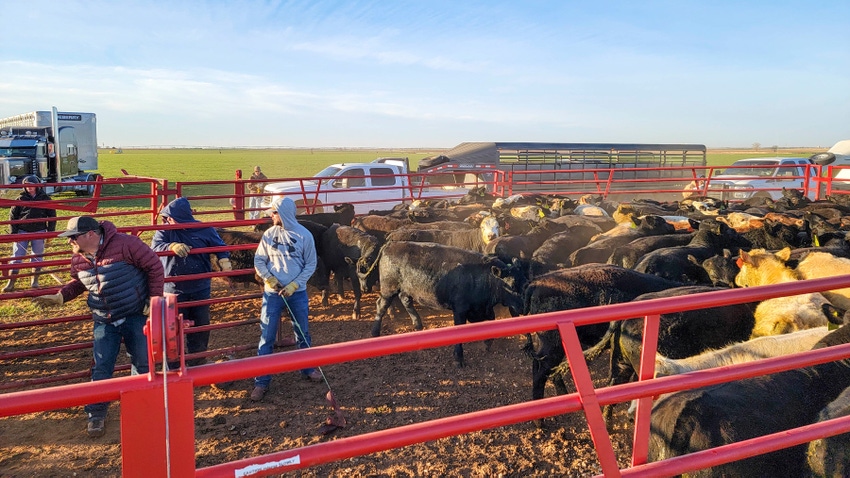Strategic Partnerships for Resilience: Bagley Risk Management
Strategic Partnerships for Resilience: Bagley Risk Management
Blog Article
Recognizing Animals Threat Defense (LRP) Insurance Policy: A Comprehensive Overview
Navigating the realm of livestock threat protection (LRP) insurance coverage can be a complex venture for several in the agricultural market. From how LRP insurance coverage functions to the numerous insurance coverage choices offered, there is much to uncover in this thorough overview that can potentially form the way livestock producers approach risk management in their companies.

How LRP Insurance Functions
Sometimes, comprehending the mechanics of Animals Threat Security (LRP) insurance can be intricate, however damaging down just how it works can offer quality for farmers and herdsmans. LRP insurance coverage is a threat monitoring tool developed to protect animals producers versus unexpected rate declines. The plan enables manufacturers to set an insurance coverage degree based on their certain demands, choosing the variety of head, weight variety, and coverage rate. When the policy remains in area, if market prices fall listed below the coverage cost, manufacturers can submit a case for the distinction. It is very important to keep in mind that LRP insurance policy is not a profits guarantee; rather, it focuses only on cost threat protection. The protection duration typically ranges from 13 to 52 weeks, providing flexibility for producers to pick a duration that straightens with their manufacturing cycle. By utilizing LRP insurance policy, breeders and farmers can mitigate the monetary threats related to fluctuating market value, making sure better stability in their operations.
Qualification and Protection Options

When it pertains to coverage choices, LRP insurance policy offers producers the versatility to pick the coverage level, protection duration, and recommendations that best suit their risk management demands. Protection degrees normally vary from 70% to 100% of the expected ending value of the insured livestock. Producers can likewise pick coverage periods that straighten with their production cycle, whether they are insuring feeder livestock, fed livestock, swine, or lamb. Endorsements such as rate risk security can better customize coverage to safeguard against unfavorable market changes. By recognizing the qualification standards and insurance coverage alternatives readily available, livestock producers can make informed decisions to manage danger efficiently.
Pros and Cons of LRP Insurance Coverage
When examining Livestock Threat Security (LRP) insurance coverage, it is crucial for animals producers to weigh the drawbacks and advantages integral in this danger management device.

One of the main benefits of LRP insurance coverage is its capability to give protection against a decline in livestock prices. Furthermore, LRP insurance policy supplies a degree of adaptability, allowing producers to customize coverage levels and policy periods to match their details needs.
One constraint of LRP insurance coverage is that it does not secure against all kinds of dangers, such as disease episodes or natural disasters. It is essential for manufacturers to very carefully evaluate their specific danger exposure and economic circumstance to determine if LRP insurance policy is the ideal risk monitoring tool for their procedure.
Comprehending LRP Insurance Premiums

Tips for Making The Most Of LRP Conveniences
Making the most of the advantages of Animals Risk Security (LRP) insurance needs strategic preparation and positive threat administration - Bagley Risk Management. To maximize your LRP protection, take into consideration the following suggestions:
Regularly Assess Market Conditions: Keep informed regarding market patterns and cost variations in the animals sector. By keeping track of these aspects, you can make enlightened choices concerning when to acquire LRP insurance coverage to shield versus possible losses.
Establish Realistic Insurance Coverage Degrees: When picking insurance coverage read the full info here degrees, consider your manufacturing prices, market price of livestock, and prospective threats - Bagley Risk Management. Establishing sensible protection levels makes certain that you are sufficiently protected without paying too much for unneeded insurance
Diversify Your Coverage: from this source As opposed to relying solely on LRP insurance, consider diversifying your risk management strategies. Incorporating LRP with various other danger administration tools such as futures contracts or options can provide detailed coverage versus market unpredictabilities.
Testimonial and Readjust Coverage Routinely: As market conditions transform, regularly review your LRP insurance coverage to ensure it aligns with your existing danger exposure. Readjusting coverage degrees and timing of purchases can aid enhance your risk defense approach. By complying with these tips, you can make best use of the advantages of LRP insurance coverage and safeguard your animals operation versus unforeseen dangers.
Conclusion
To conclude, livestock danger security (LRP) insurance is a beneficial device for farmers to manage the economic risks related to their animals procedures. By comprehending how LRP works, qualification and coverage options, as well as the benefits and drawbacks of this insurance, farmers can make informed choices to protect their livelihoods. By meticulously thinking about LRP have a peek at this site costs and executing strategies to make best use of benefits, farmers can alleviate prospective losses and make certain the sustainability of their operations.
Livestock producers interested in getting Livestock Threat Defense (LRP) insurance can explore a variety of qualification requirements and protection alternatives tailored to their specific livestock operations.When it comes to insurance coverage alternatives, LRP insurance coverage offers manufacturers the flexibility to select the coverage level, insurance coverage period, and endorsements that ideal match their danger monitoring requirements.To grasp the intricacies of Animals Danger Protection (LRP) insurance fully, understanding the variables influencing LRP insurance premiums is critical. LRP insurance premiums are figured out by various elements, consisting of the protection degree selected, the expected cost of livestock at the end of the insurance coverage period, the kind of animals being guaranteed, and the size of the coverage duration.Evaluation and Change Insurance Coverage Regularly: As market problems alter, regularly evaluate your LRP insurance coverage to guarantee it aligns with your existing risk exposure.
Report this page